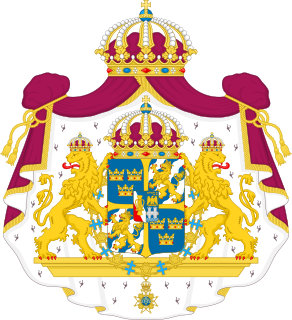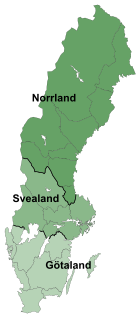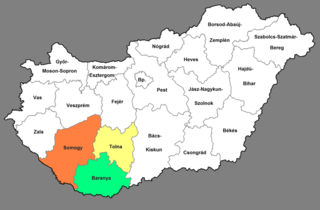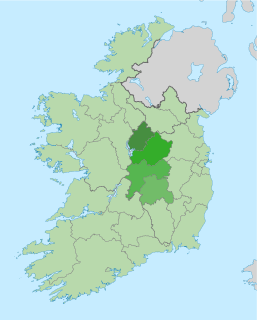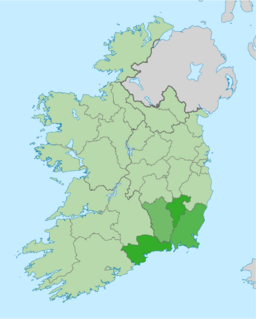| East Sweden Östra Sverige | |
|---|---|
| NUTS 1 Region of the EU | |
 Eastern Sweden in yellow | |
| Country | |
| Largest city | Stockholm |
| Area | |
| • Total | 44,539.9 km2 (17,197.0 sq mi) |
| Population (2017-12-31) | |
| • Total | 3,995,953 [1] |
| ISO 3166 code | SE1 |
East Sweden (Swedish : Östra Sverige) is a NUTS 1 region in Sweden. The region is defined and used by the European Union for statistical purposes, it is not used as a region by Sweden which uses other divisions of the country.
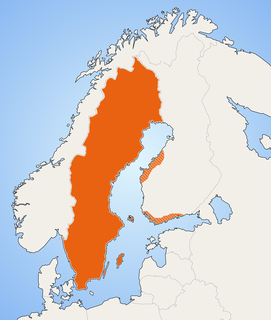
Swedish is a North Germanic language spoken natively by 10 million people, predominantly in Sweden, and in parts of Finland, where it has equal legal standing with Finnish. It is largely mutually intelligible with Norwegian and to some extent with Danish, although the degree of mutual intelligibility is largely dependent on the dialect and accent of the speaker. Both Norwegian and Danish are generally easier for Swedish speakers to read than to listen to because of difference in accent and tone when speaking. Swedish is a descendant of Old Norse, the common language of the Germanic peoples living in Scandinavia during the Viking Era. It has the most speakers of the North Germanic languages.
The Nomenclature of Territorial Units for Statistics is a geocode standard for referencing the subdivisions of countries for statistical purposes. The standard is developed and regulated by the European Union, and thus only covers the member states of the EU in detail. The Nomenclature of Territorial Units for Statistics is instrumental in the European Union's Structural Fund delivery mechanisms and for locating the area where goods and services subject to European public procurement legislation are to be delivered.

The European Union (EU) is a political and economic union of 28 member states that are located primarily in Europe. It has an area of 4,475,757 km2 (1,728,099 sq mi) and an estimated population of about 513 million. The EU has developed an internal single market through a standardised system of laws that apply in all member states in those matters, and only those matters, where members have agreed to act as one. EU policies aim to ensure the free movement of people, goods, services and capital within the internal market, enact legislation in justice and home affairs and maintain common policies on trade, agriculture, fisheries and regional development. For travel within the Schengen Area, passport controls have been abolished. A monetary union was established in 1999 and came into full force in 2002 and is composed of 19 EU member states which use the euro currency.
